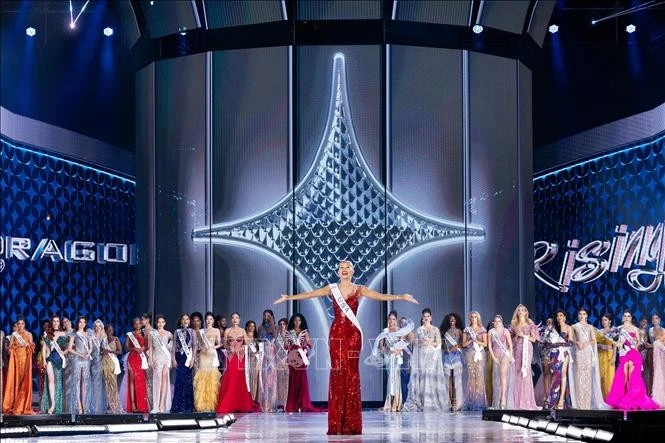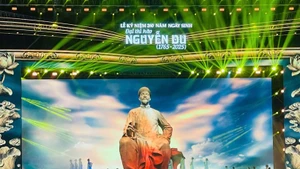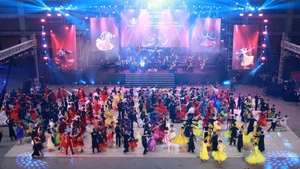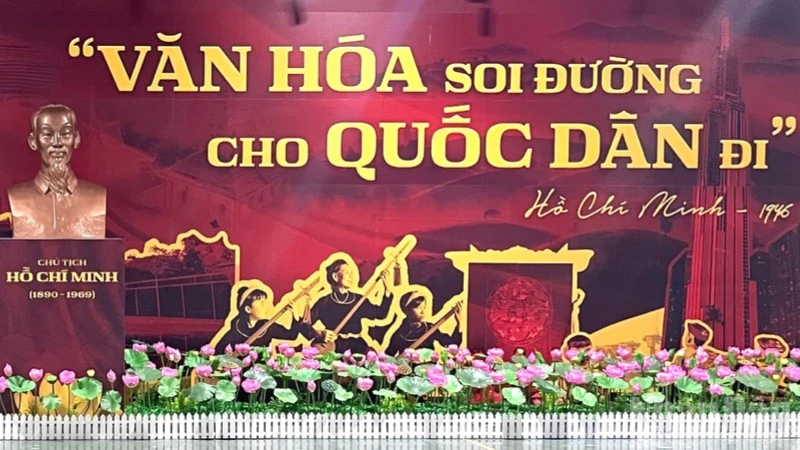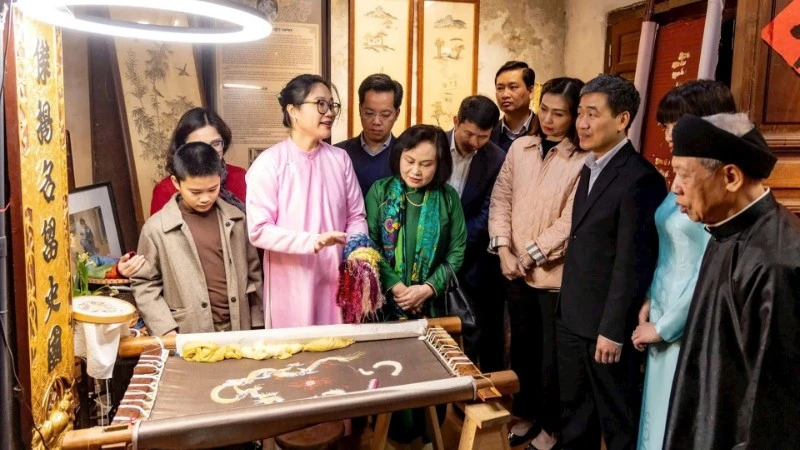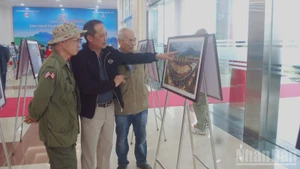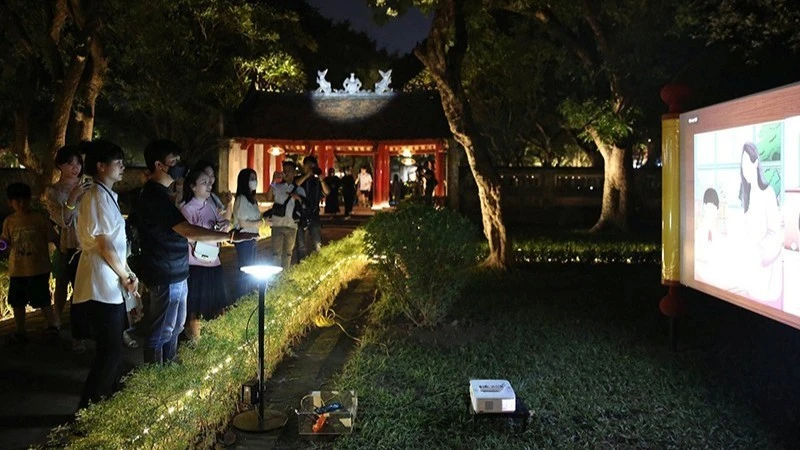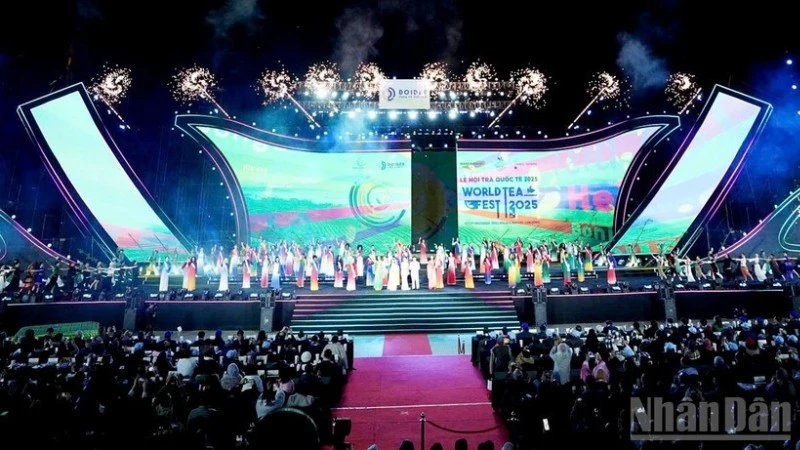A thematic exhibition entitled “Champa Treasures - Imprints of Time”, organised by the National Museum of History in collaboration with the Vietnam Cultural Heritage Association and collector Dao Duc Danh, officially opened at the National Museum of History in Hanoi on August 28 as part of activities marking the 79th anniversary of National Day (September 2).
On display are over 60 significant artifacts made of gold and silver from the Champa Culture, dating from the 17th to 18th centuries, with most of the items being displayed to the public for the first time.
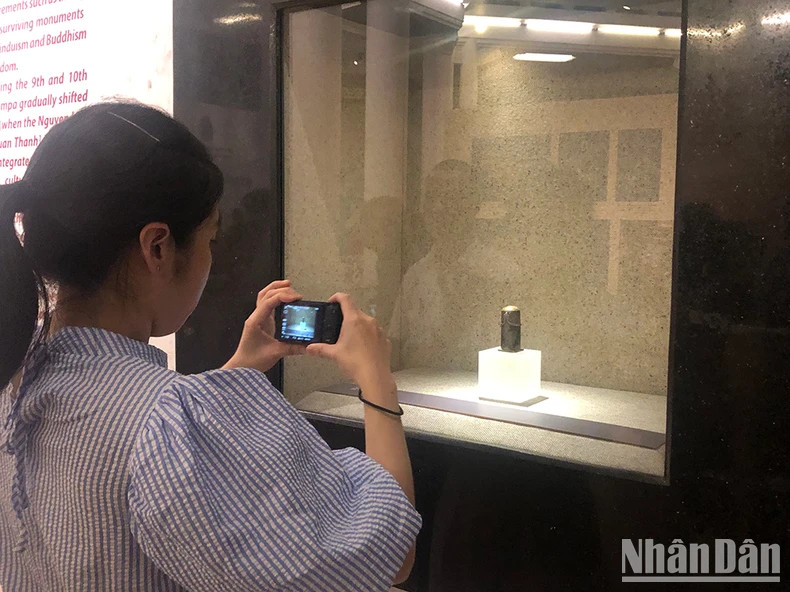 |
The display is divided into two parts, with the first featuring religious and symbolic statues crafted from gold and silver adorned with precious stones, such as Shiva statues, male and female deity statues, Ganesha statues, and Buddha statues.
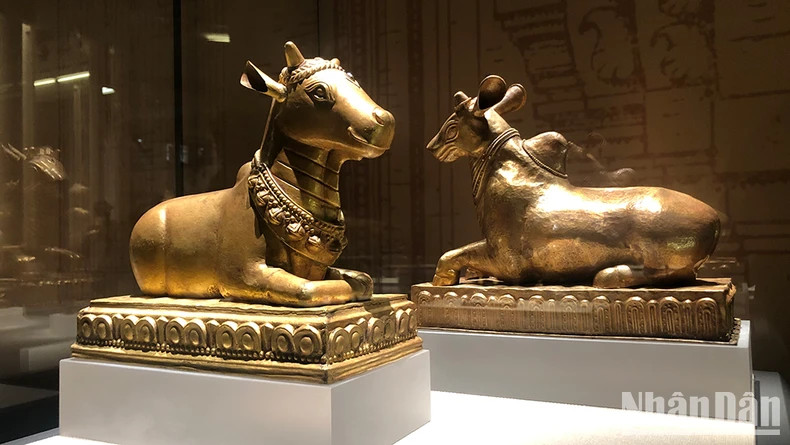 |
| The statue of Nandin bull deity. |
Meanwhile, the second part showcases jewellery and regalia adorned with religious and royal symbols from Champa arts such as earrings, rings, necklaces, hairpins, combs, and bracelets.
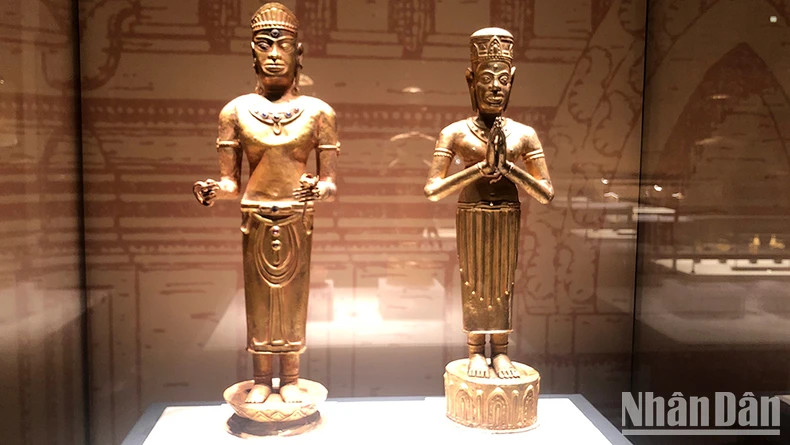 |
| Male and female deity statues |
Among the displayed items are Hindu deities such as Brahma, Vishnu, Shiva, Ganesha, the Nandin bull, Garuda bird deity, and Naga serpent deity. These artifacts were used in worship or by the Champa royalty, showcasing high-quality craftsmanship with significant historical, cultural, and artistic values.
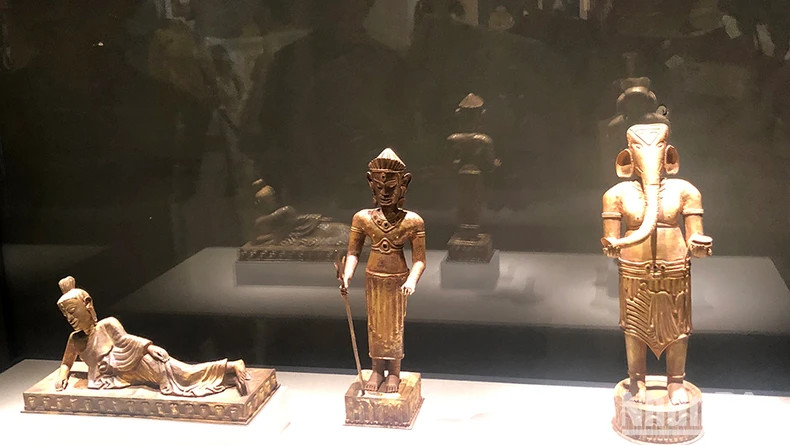 |
| Shiva and Ganesha deities’ statues. |
During the opening ceremony, Dr. Nguyen Van Doan, Director of the National Museum of History, emphasised that the Champa Kingdom, which existed from 192 to 1832 in central Vietnam, was influenced by Indian and Javanese cultures. This influence, combined with unique creativity, resulted in the distinctive art styles seen in My Son, Dong Duong, and Thap Mam. Many temple ruins and architectural sculptures from this period show that Hinduism and Buddhism were the main religions of the ancient Champa kingdom.
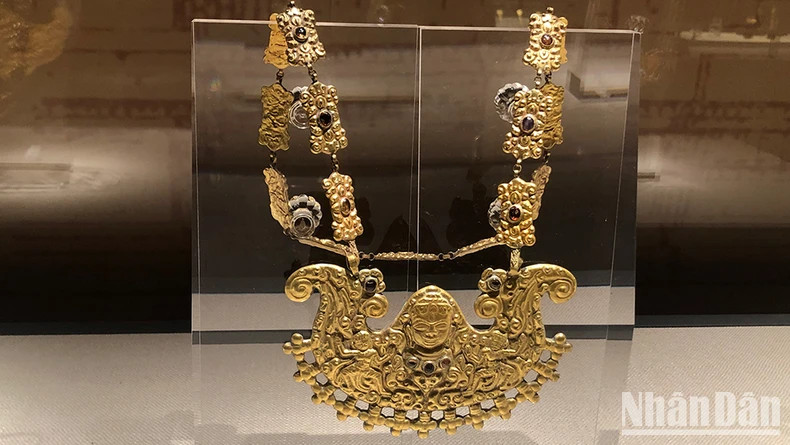 |
| A necklace adorned with Shiva’s image. |
Dr. Doan also highlighted that the exhibition aims to provide both domestic and international audiences with an opportunity to appreciate these historically, culturally, and artistically significant artifacts and gain deeper insight into a lesser-known period of Champa Culture, thus heling to foster greater appreciation and awareness of preserving and promoting traditional cultural values.
 |
| Crown and headwear adorned with Shiva and Garuda Motifs |
Additionally, the exhibition supports the role of the National Museum of History and other public museums in collaborating with private collectors to enhance public access to and appreciation of heritage treasures.
The exhibition will run until the end of October.

